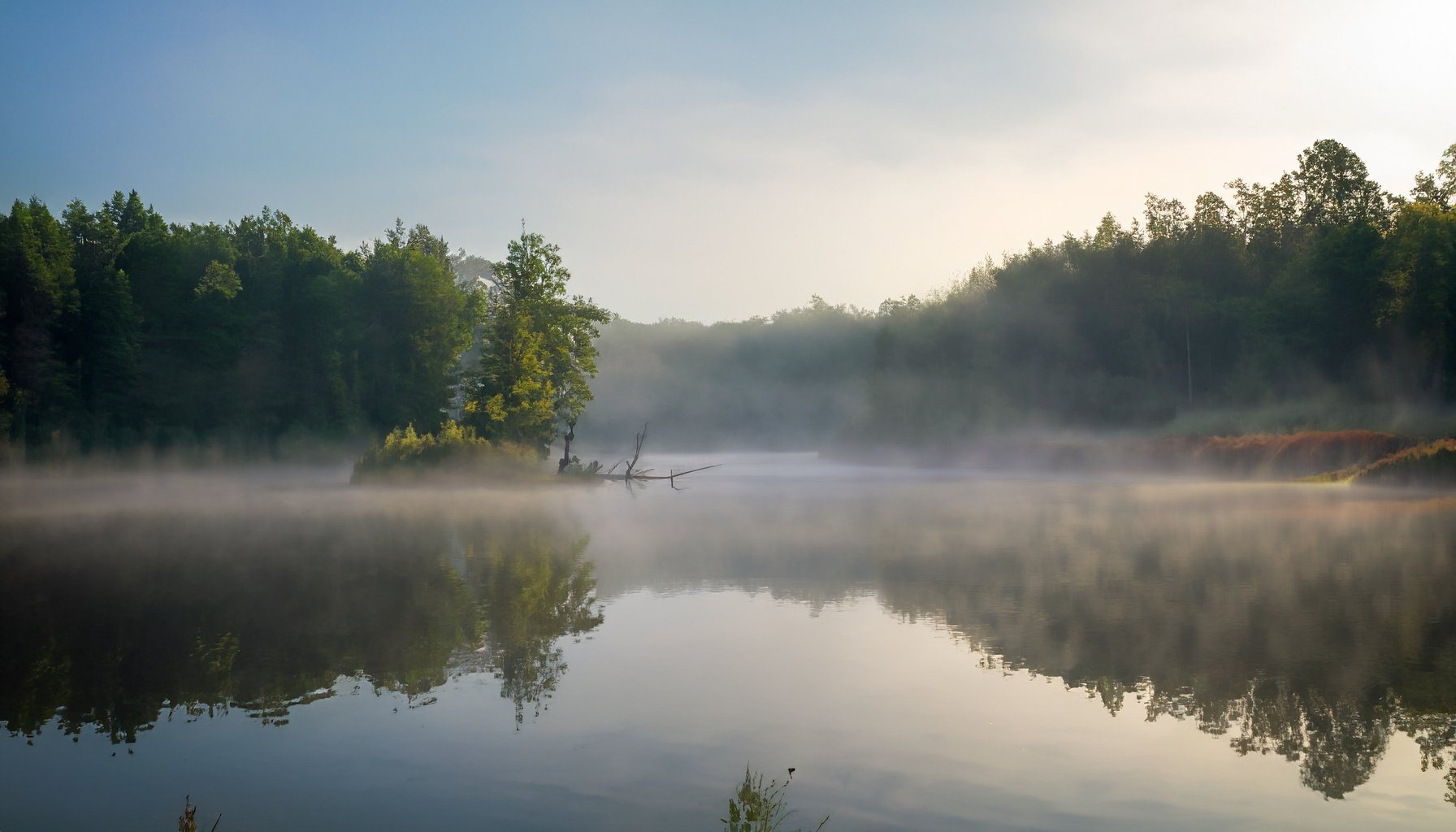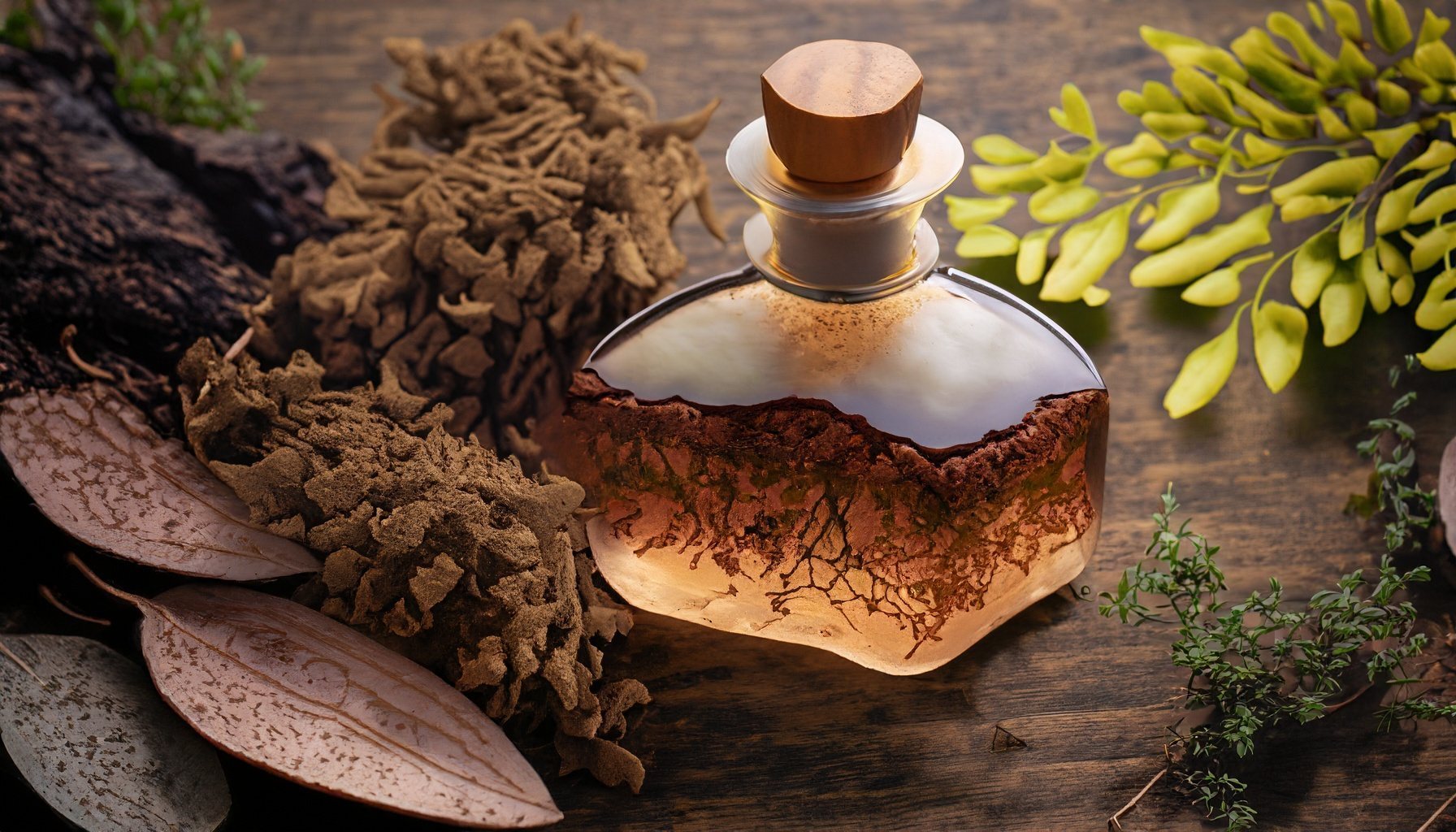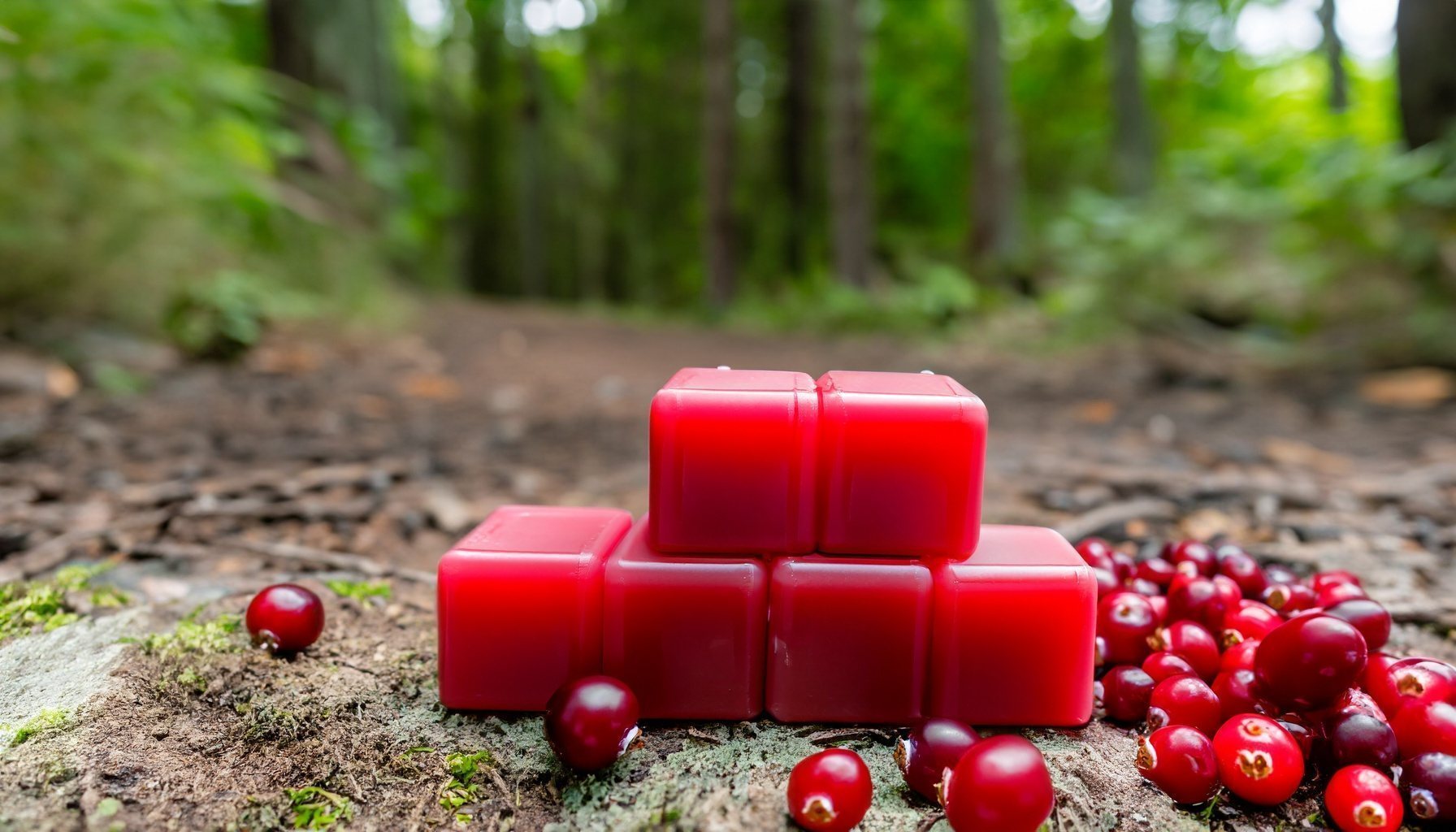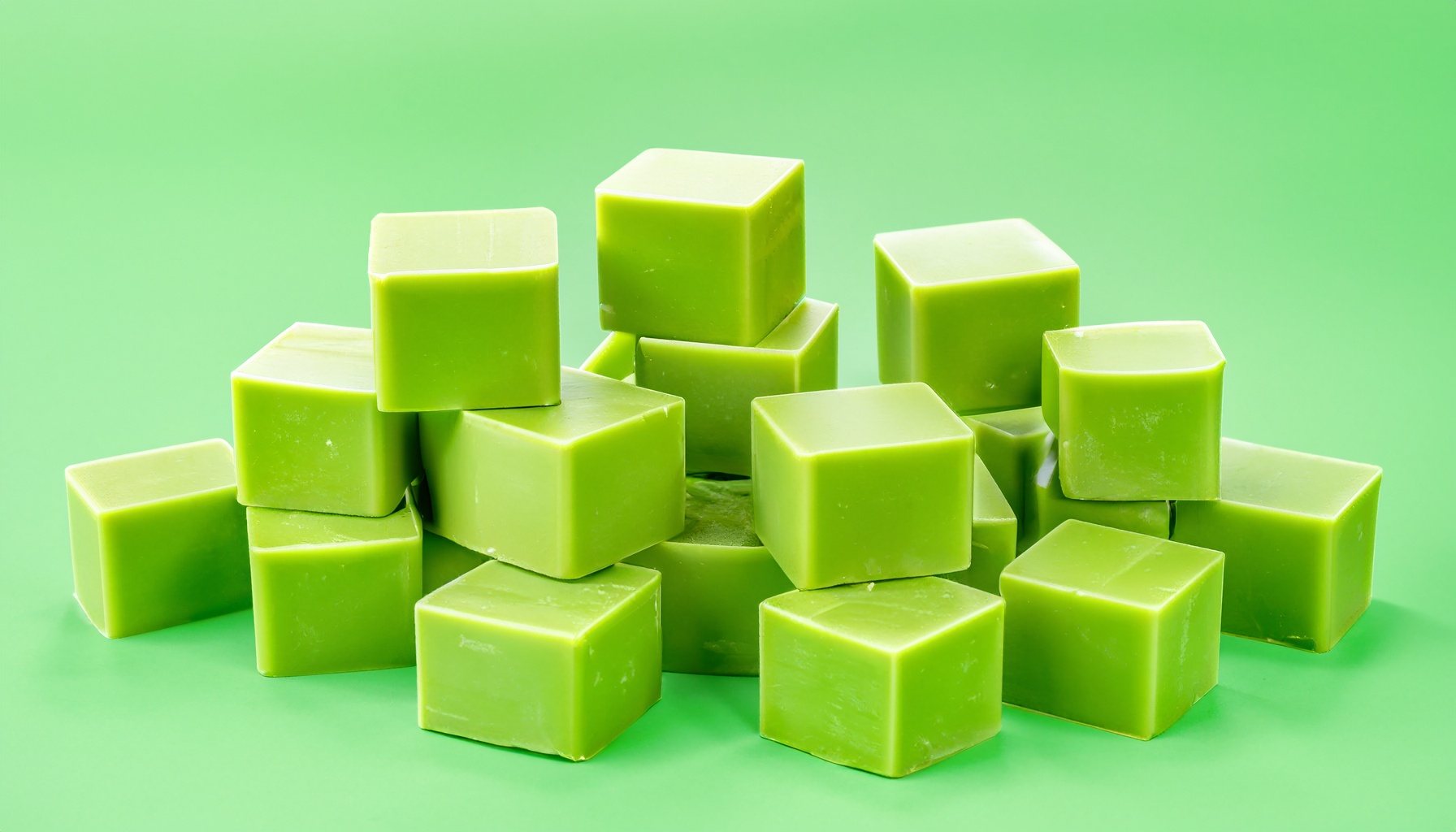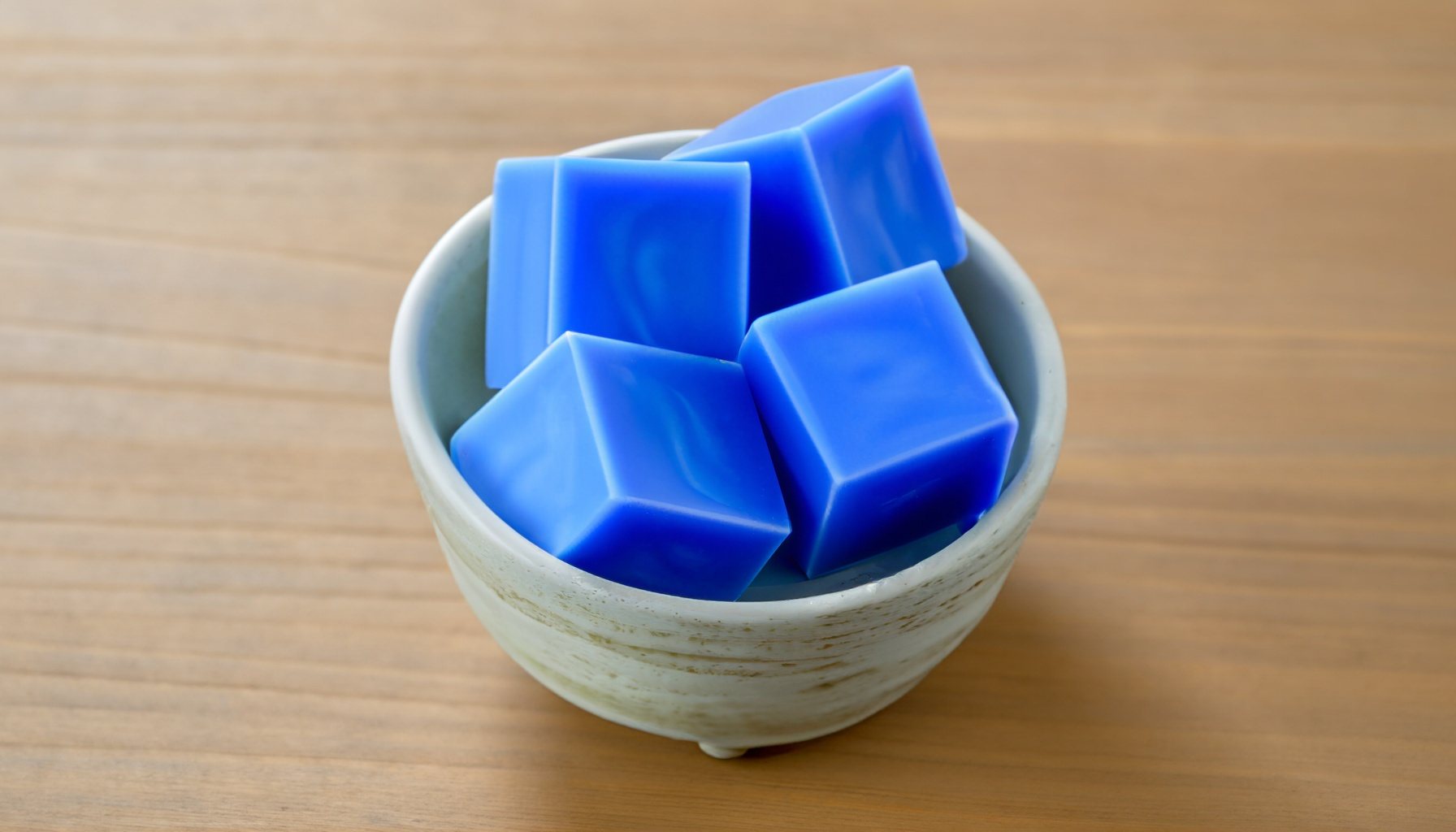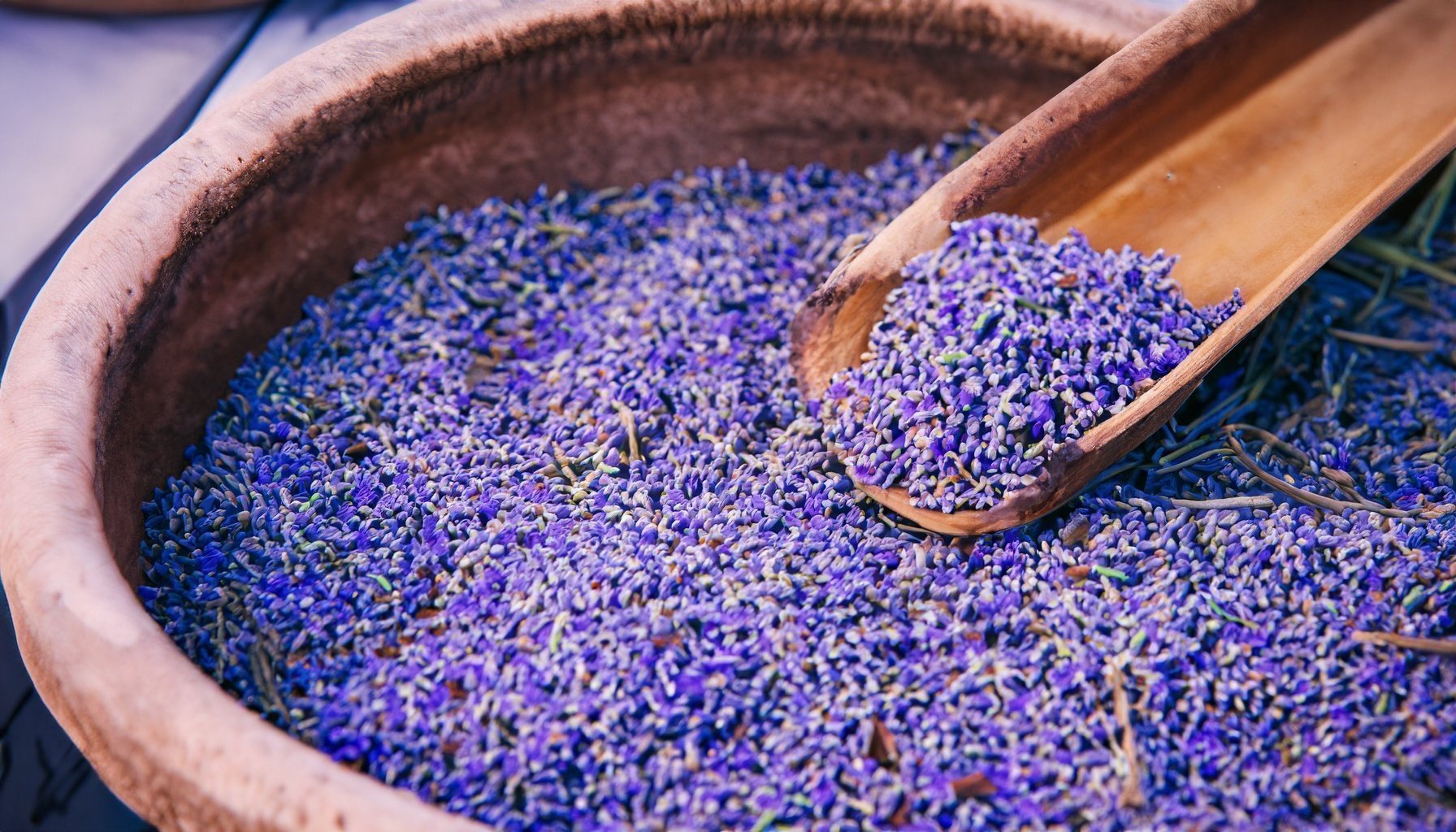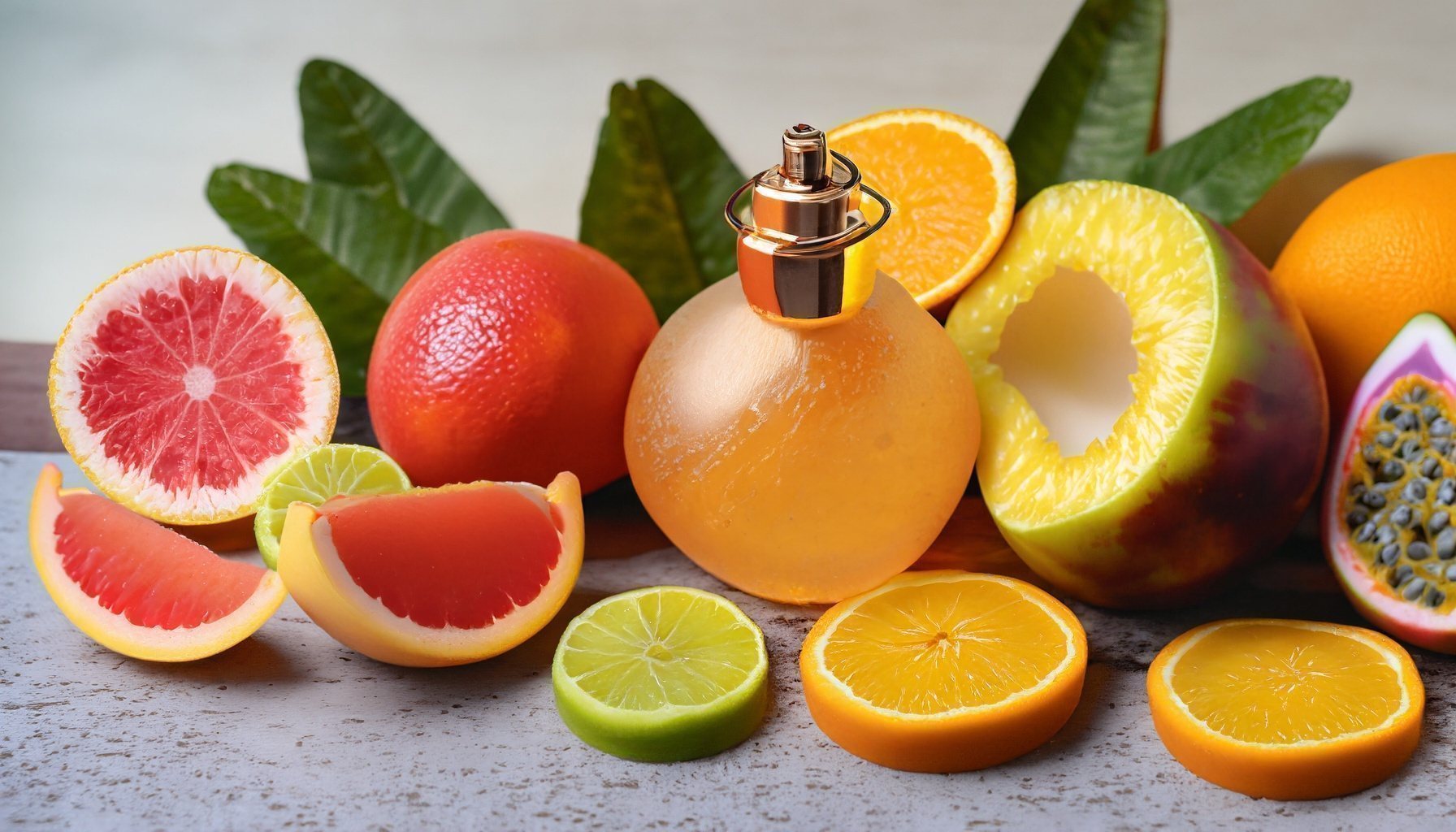
Each of these citrus and fruity aromas offers a unique sensory experience.
In this entry, we’ll take a look at the history of this category of natural aromatics, and then we’ll examine a list of the most iconic citrus and fruity aromas.
Ancient Civilizations
Mesopotamia and Egypt:
Early records in Mesopotamia and Egypt show the use of citrus fruits not only as a food source but also for their aromatic properties. They were integral in religious rituals, medicines, and cosmetics.
China and India:
In ancient China and India, citrus fruits like oranges, lemons, and citrons were highly valued. They were often depicted in ancient texts and art, symbolizing good fortune and health.
Greek and Roman Eras
Cultivation and Trade:
The Greeks and Romans contributed to the spread of citrus fruits around the Mediterranean. Trade routes allowed the exchange of aromatic oils and citrus fruits, leading to their incorporation in various aspects of life, including cuisine, medicine, and perfumery.
Agricultural Innovation:
Agricultural practices enhanced the cultivation of citrus and other fruity plants. Humans began selective breeding to enhance desired aromatic profiles.
Middle Ages to Renaissance
Exploration and Colonization:
The Age of Exploration facilitated the spread of citrus and fruity aromatics globally. European explorers brought these plants to the New World, leading to new varieties and cultivation techniques.
Medicinal Uses:
Citrus and fruity aromatics were believed to have medicinal properties. They were used to combat diseases and were integral in pharmacology.
24 Iconic Citrus and Fruity Aromas
In the modern era, genetic modification and advanced breeding techniques have resulted in a variety of citrus and fruity plants with enhanced aromatics. Here’s a list of iconic citrus and fruity aromas.
Citrus Aromas
1. Lemon – A bright, zesty aroma, invoking images of sunshine and summer. It has a refreshing, clean scent that is both sour and sweet.
2. Orange – Sweet and juicy with a light, uplifting aroma. Orange fragrance is often associated with warmth and energy.
3. Grapefruit – This aroma strikes a balance between sweet and bitter, offering a tangy and invigorating scent.
4. Lime – Tart and zesty, lime has a crisp, refreshing aroma that revitalizes the senses.
5. Bergamot – A subtle citrus aroma, combining sweet, floral, and spicy notes. It’s elegant and complex.
6. Mandarin – Offers a sweet, tangy, and lightly floral aroma. It is less intense than the aroma of an orange but more complex.
7. Tangerine – Similar to mandarin, but with a brighter, zestier aroma. It’s sweet with a tropical touch.
8. Yuzu – A Japanese citrus that combines the scents of lemon, lime, and grapefruit, resulting in a complex, bright, and tangy aroma.
Fruity Aromas
9. Apple – Crisp and fresh, carrying a sweet yet slightly tart aroma, reminiscent of a fall harvest.
10. Peach – Offers a juicy, sweet, and soft aroma, encapsulating the essence of summer.
11. Pineapple – A tropical, sweet, and tangy scent that transports your senses to an island paradise.
12. Strawberry – Sweet and juicy with a slight tartness, capturing the essence of spring and summer.
13. Raspberry – A rich, tangy aroma with sweet undertones, reminiscent of summer gardens.
14. Blackberry – Combines sweetness and tartness, offering a rich, juicy aroma.
15. Banana – Creamy and rich, with a sweet tropical aroma evoking images of exotic locales.
16. Mango – Lush and sweet with tropical notes and a velvety aroma.
17. Pomegranate – Sweet yet tart, with a juicy and refreshing aroma, often associated with the fall season.
18. Cherry – A combination of sweet and tart, offering a juicy, vibrant aroma reminiscent of warm weather.
19. Grapes – Sweet yet slightly tart, carrying an aroma that’s as rich as a vineyard.
20. Kiwi – Exotic and tangy, with a sweet, refreshing aroma.
21. Passion Fruit – Tropical and lush, with a sweet, tart aroma that’s both exotic and invigorating.
22. Blueberry – Sweet and slightly tart, with a juicy aroma that evokes images of summer picnics.
23. Watermelon – A refreshing, sweet, and hydrating aroma that’s synonymous with summer.
24. Fig – Offers a subtle, sweet, earthy aroma with a mild fruity touch. It is rich and complex, reminiscent of Mediterranean climates.
Understanding their history and nuances can enhance your appreciation and application of these delightful citrus and fruity fragrances.



